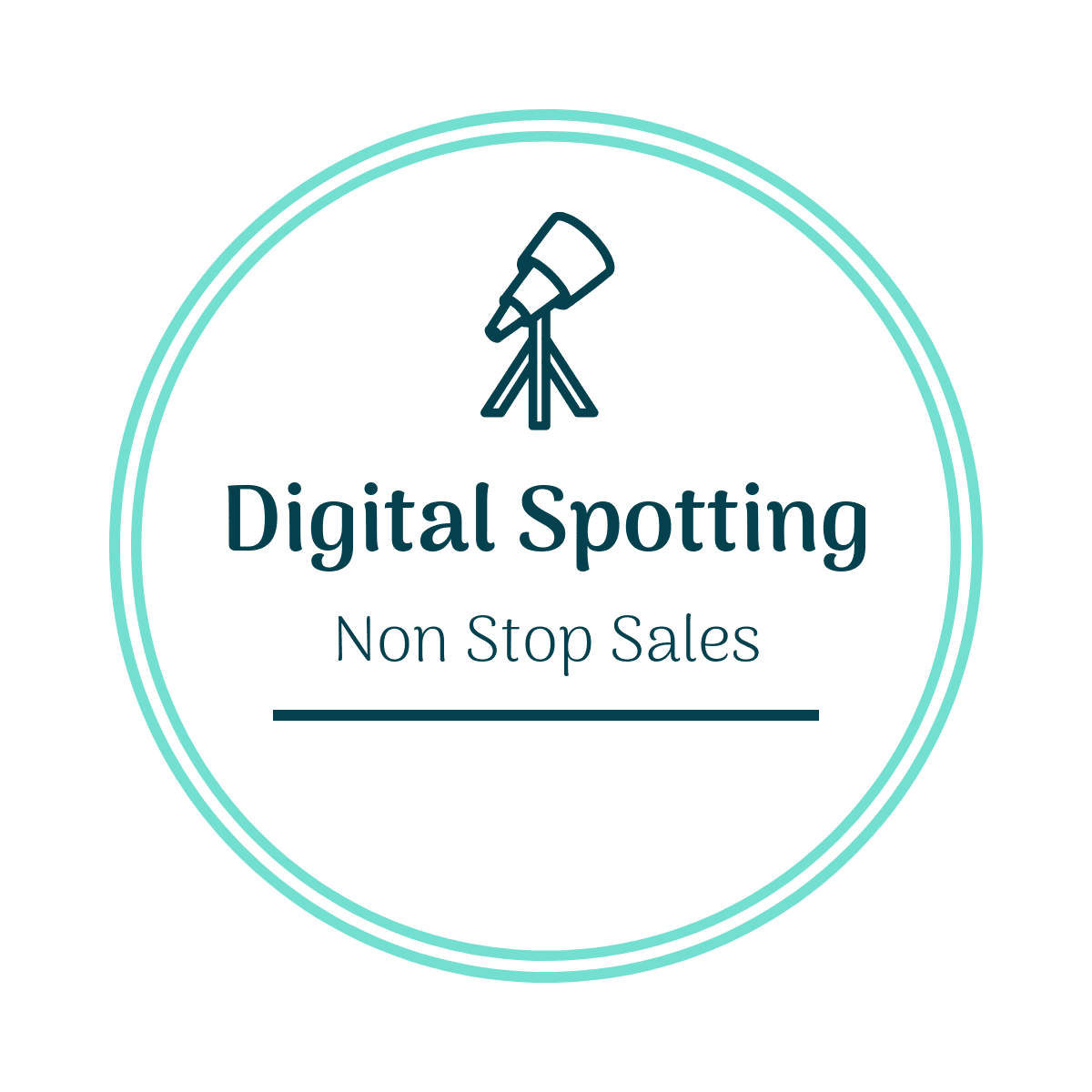Uncategorized
Maximizing Your Ad Dollars: The Benefits of Hiring Professional Marketers
In order to effectively market a product or service, it is crucial to have a deep understanding of the market in which you are operating. This involves conducting thorough research into the current trends, consumer behavior, and competitive landscape. By analyzing market data and trends, businesses can gain valuable insights into the needs and preferences of their target audience, as well as identify potential opportunities for growth.
Furthermore, understanding the market also involves staying up-to-date with industry news and developments. This can help businesses anticipate changes in consumer behavior and market dynamics, allowing them to adapt their marketing strategies accordingly. By keeping a finger on the pulse of the market, businesses can position themselves as industry leaders and stay ahead of the competition.
Targeting the Right Audience
Once a business has a solid understanding of the market, the next step is to identify and target the right audience for their product or service. This involves creating detailed buyer personas that outline the demographics, interests, and pain points of the target audience. By understanding the needs and preferences of their ideal customers, businesses can tailor their marketing efforts to resonate with them on a deeper level.
In addition, targeting the right audience also involves identifying the most effective channels for reaching them. Whether it’s through social media, email marketing, or traditional advertising, businesses need to ensure that their message is being delivered to the right people at the right time. By focusing their efforts on the most relevant audience segments, businesses can maximize the impact of their marketing campaigns and drive better results.
Creating Effective Ad Campaigns
Once the target audience has been identified, businesses can begin creating effective ad campaigns that resonate with their ideal customers. This involves crafting compelling messaging and visuals that speak directly to the needs and desires of the target audience. By creating ads that are relevant and engaging, businesses can capture the attention of potential customers and drive them to take action.
Furthermore, effective ad campaigns also involve testing and optimizing different elements to maximize their impact. This can include A/B testing different ad creatives, headlines, and calls-to-action to identify which combinations drive the best results. By continuously refining and improving their ad campaigns, businesses can ensure that they are delivering the most compelling message to their target audience.
Utilizing the Latest Marketing Tools and Strategies
In today’s fast-paced digital landscape, it is essential for businesses to utilize the latest marketing tools and strategies to stay ahead of the competition. This can include leveraging advanced analytics platforms to gain deeper insights into consumer behavior, as well as utilizing cutting-edge marketing automation tools to streamline and optimize their campaigns. By staying at the forefront of marketing technology, businesses can gain a competitive edge and drive better results.
Furthermore, utilizing the latest marketing strategies also involves staying abreast of emerging trends and best practices in the industry. Whether it’s influencer marketing, content personalization, or video advertising, businesses need to be proactive in adopting new strategies that resonate with their target audience. By embracing innovative marketing approaches, businesses can differentiate themselves from competitors and capture the attention of potential customers.
Analyzing and Measuring Results
In order to gauge the effectiveness of their marketing efforts, businesses need to analyze and measure the results of their campaigns. This involves tracking key performance indicators (KPIs) such as conversion rates, click-through rates, and return on investment (ROI) to understand how well their campaigns are performing. By analyzing these metrics, businesses can identify areas for improvement and make data-driven decisions to optimize their marketing strategies.
Furthermore, analyzing and measuring results also involves conducting thorough post-campaign evaluations to understand what worked well and what didn’t. By identifying successful tactics and areas for improvement, businesses can refine their future marketing efforts and drive better results. Additionally, by leveraging advanced attribution models, businesses can gain a deeper understanding of how different touchpoints contribute to conversions, allowing them to allocate their marketing budget more effectively.
Saving Time and Resources
In today’s fast-paced business environment, it is essential for businesses to find ways to save time and resources when it comes to marketing. This can involve leveraging marketing automation tools to streamline repetitive tasks such as email marketing and social media management. By automating these processes, businesses can free up valuable time and resources to focus on more strategic initiatives.
Furthermore, saving time and resources also involves outsourcing certain aspects of marketing to specialized agencies or freelancers. Whether it’s graphic design, content creation, or search engine optimization (SEO), businesses can benefit from tapping into external expertise to complement their in-house capabilities. By delegating these tasks to professionals, businesses can ensure that they are executing high-quality marketing campaigns without stretching themselves too thin.
Gaining a Competitive Edge
Ultimately, by understanding the market, targeting the right audience, creating effective ad campaigns, utilizing the latest marketing tools and strategies, analyzing and measuring results, and saving time and resources, businesses can gain a competitive edge in their industry. By staying ahead of market trends and consumer behavior, businesses can position themselves as industry leaders and capture the attention of potential customers. Additionally, by leveraging advanced marketing tools and strategies, businesses can differentiate themselves from competitors and drive better results. Ultimately, by adopting a proactive and data-driven approach to marketing, businesses can gain a competitive edge and achieve long-term success in their industry.
Discover more from Digital Spotting
Subscribe to get the latest posts sent to your email.

